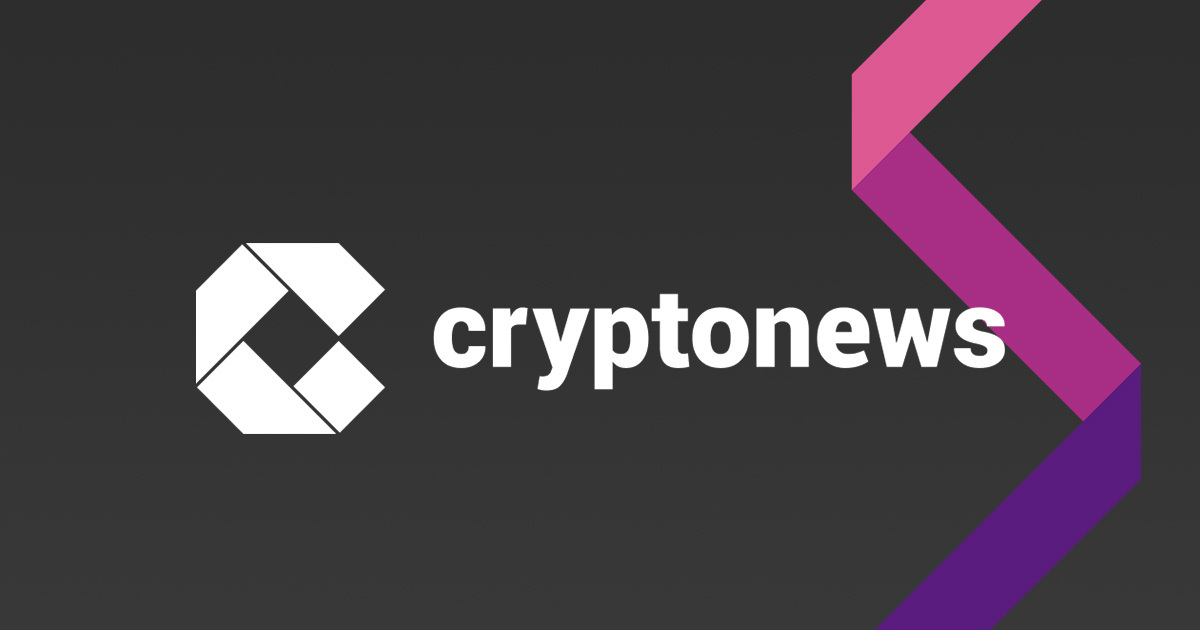Hong Kong’s e-HKD Program Enters Critical Phase – Here’s What It Means

Key Takeaways:
- In Phase 2 of Hong Kong’s e-HKD pilot, the project focuses on real-world testing of CBDC applications.
- The program evaluates on-chain enforcement of KYC and transfer restrictions using ERC-20 and ERC-3643 standards.
- Participants describe the pilot as a foundation for future digital money infrastructure rather than a consumer-facing rollout.
Hong Kong’s central bank has moved into the next stage of digital currency testing, with the second phase of its e-HKD pilot focusing on live applications in asset settlement, cross-border payments, and programmable finance.
In a report published by the Hong Kong Monetary Authority (HKMA) in collaboration with Visa, ANZ, Fidelity International, and ChinaAMC, active trials involving tokenized money, fund units, and smart contracts are designed to simulate real-world transaction flows between banks and asset managers across jurisdictions.
Hong Kong Tests Tokenized Cross-Border Fund Settlement
One of the core tests involves allowing an Australian investor to purchase a Hong Kong-based money market fund using tokenized Australian dollars exchanged for tokenized Hong Kong dollars.
The process combines permissioned bank infrastructure with public blockchain settlement using Chainlink’s interoperability protocol.
While the HKMA previously explored conceptual use cases, the current phase focuses on execution under constrained but operational conditions. This includes integrating compliance checks, reserve management, and identity verification into an end-to-end cross-border payment system.
The testing environment also experiments with different token standards, including ERC-20 and ERC-3643, to evaluate how regulatory features such as transfer restrictions and KYC enforcement perform on-chain.
The participants describe this stage as a proving ground for core infrastructure rather than a retail rollout.
“We are extremely excited about the future of tokenization for payments,” said Visa Crypto’s Head of Institutional Client Solutions, Catherine Gu.
“Visa’s long-term collaboration with the HKMA and our partners for two consecutive years has provided us with many valuable insights around tokenization technology and new business flows,” said Gu.
e-HKD Pilot Explores Real-World CBDC Use
The results could help shape how financial institutions structure cross-chain asset transfers, settle trades without intermediaries, and align blockchain design with existing compliance frameworks.
While the pilot is still limited in scope, its architecture reflects the technical and regulatory compromises required to embed digital money into global financial plumbing.
Other central banks have focused on retail pilots or isolated technical proofs. In contrast, Hong Kong is testing how digital money moves through actual financial workflows—across borders, institutions, and legal jurisdictions.
The pilot raises a larger question about control over the rules encoded in programmable money. When compliance and restrictions are built into tokens, authority may move from legal contracts to code, changing how institutions manage trust and enforcement.
Frequently Asked Questions (FAQs)
Programmable features may allow central banks to embed rules directly into currency flows, reducing the need for external enforcement.
Dependence on external networks could introduce vulnerabilities in data security, protocol governance, and operational continuity, particularly if control lies outside domestic regulatory reach.
Testing standards like ERC-3643 helps regulators evaluate how to codify legal restrictions into digital assets. This may inform how laws are translated into technical specifications, shifting enforcement into infrastructure.
The post Hong Kong’s e-HKD Program Enters Critical Phase – Here’s What It Means appeared first on Cryptonews.
Read More

Trump Media Just Backed a $6.4B Crypto Play with Crypto.com – Here’s Why it Matters
Hong Kong’s e-HKD Program Enters Critical Phase – Here’s What It Means

Key Takeaways:
- In Phase 2 of Hong Kong’s e-HKD pilot, the project focuses on real-world testing of CBDC applications.
- The program evaluates on-chain enforcement of KYC and transfer restrictions using ERC-20 and ERC-3643 standards.
- Participants describe the pilot as a foundation for future digital money infrastructure rather than a consumer-facing rollout.
Hong Kong’s central bank has moved into the next stage of digital currency testing, with the second phase of its e-HKD pilot focusing on live applications in asset settlement, cross-border payments, and programmable finance.
In a report published by the Hong Kong Monetary Authority (HKMA) in collaboration with Visa, ANZ, Fidelity International, and ChinaAMC, active trials involving tokenized money, fund units, and smart contracts are designed to simulate real-world transaction flows between banks and asset managers across jurisdictions.
Hong Kong Tests Tokenized Cross-Border Fund Settlement
One of the core tests involves allowing an Australian investor to purchase a Hong Kong-based money market fund using tokenized Australian dollars exchanged for tokenized Hong Kong dollars.
The process combines permissioned bank infrastructure with public blockchain settlement using Chainlink’s interoperability protocol.
While the HKMA previously explored conceptual use cases, the current phase focuses on execution under constrained but operational conditions. This includes integrating compliance checks, reserve management, and identity verification into an end-to-end cross-border payment system.
The testing environment also experiments with different token standards, including ERC-20 and ERC-3643, to evaluate how regulatory features such as transfer restrictions and KYC enforcement perform on-chain.
The participants describe this stage as a proving ground for core infrastructure rather than a retail rollout.
“We are extremely excited about the future of tokenization for payments,” said Visa Crypto’s Head of Institutional Client Solutions, Catherine Gu.
“Visa’s long-term collaboration with the HKMA and our partners for two consecutive years has provided us with many valuable insights around tokenization technology and new business flows,” said Gu.
e-HKD Pilot Explores Real-World CBDC Use
The results could help shape how financial institutions structure cross-chain asset transfers, settle trades without intermediaries, and align blockchain design with existing compliance frameworks.
While the pilot is still limited in scope, its architecture reflects the technical and regulatory compromises required to embed digital money into global financial plumbing.
Other central banks have focused on retail pilots or isolated technical proofs. In contrast, Hong Kong is testing how digital money moves through actual financial workflows—across borders, institutions, and legal jurisdictions.
The pilot raises a larger question about control over the rules encoded in programmable money. When compliance and restrictions are built into tokens, authority may move from legal contracts to code, changing how institutions manage trust and enforcement.
Frequently Asked Questions (FAQs)
Programmable features may allow central banks to embed rules directly into currency flows, reducing the need for external enforcement.
Dependence on external networks could introduce vulnerabilities in data security, protocol governance, and operational continuity, particularly if control lies outside domestic regulatory reach.
Testing standards like ERC-3643 helps regulators evaluate how to codify legal restrictions into digital assets. This may inform how laws are translated into technical specifications, shifting enforcement into infrastructure.
The post Hong Kong’s e-HKD Program Enters Critical Phase – Here’s What It Means appeared first on Cryptonews.
Read More

